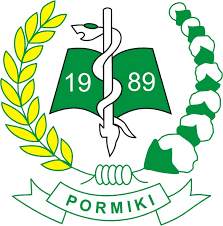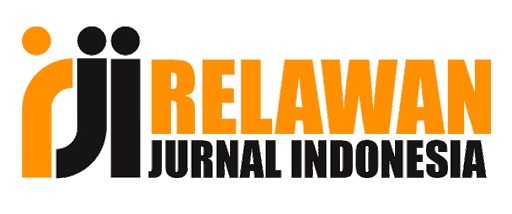Analysis of the Distribution of DHF Using Information System Studies Geographical District Karanganyar
DOI:
https://doi.org/10.46808/jhimi.v3i1.105Keywords:
Dengue Hemorrhagic Fever, Geographic Information SystemAbstract
Abstract — Dengue Hemorrhagic Fever is still a major public health problem in Indonesia. DHF is closely related
to geographical/spatial aspects because one of the sources of disease occurrence cannot be separated from
environmental factors so that these environmental factors can be mapped using GIS tools. GIS is a spatial
description of the spread of DHF on the earth's surface that can be displayed in digital graphic form and can be
visualized in map form. This study uses a descriptive analytic survey search method with a spatial approach to
analyze the pattern of distribution of cases, which is then buffered to see the direction of mosquito travel, and
displays an overlay map. Results The distribution of dengue fever cases in Karangayar sub-district, namely Gedong
sub-district had 6 cases, Bejen sub-district 35 cases, Delingan sub-district 17 cases, Gayamdompo sub-district 4
cases, Popongan sub-district 34 cases, Tegalgede sub-district 26 cases, Jantiharjo sub-district 27 cases, Bolong
sub-district 9 cases, Karanganyar sub-district 13 cases, Cangakan sub-district 34 cases, Jungke sub-district 7 cases,
Lalung sub-district 34 cases.
Downloads
Published
How to Cite
Issue
Section
License
Copyright (c) 2024 Raihan Dicky Ardiansyah, Sinta Novratilova, Wahyu Wijaya Widiyanto

This work is licensed under a Creative Commons Attribution-ShareAlike 4.0 International License.
You are free to:
Share — copy and redistribute the material in any medium or format
Adapt — remix, transform, and build upon the material for any purpose, even commercially
Under the following terms:
Attribution — You must give appropriate credit, provide a link to the license, and indicate if changes were made. You may do so in any reasonable manner, but not in any way that suggests the licensor endorses you or your use.
ShareAlike — If you remix, transform, or build upon the material, you must distribute your contributions under the same license as the original
No additional restrictions — You may not apply legal terms or technological measures that legally restrict others from doing anything the license permits















